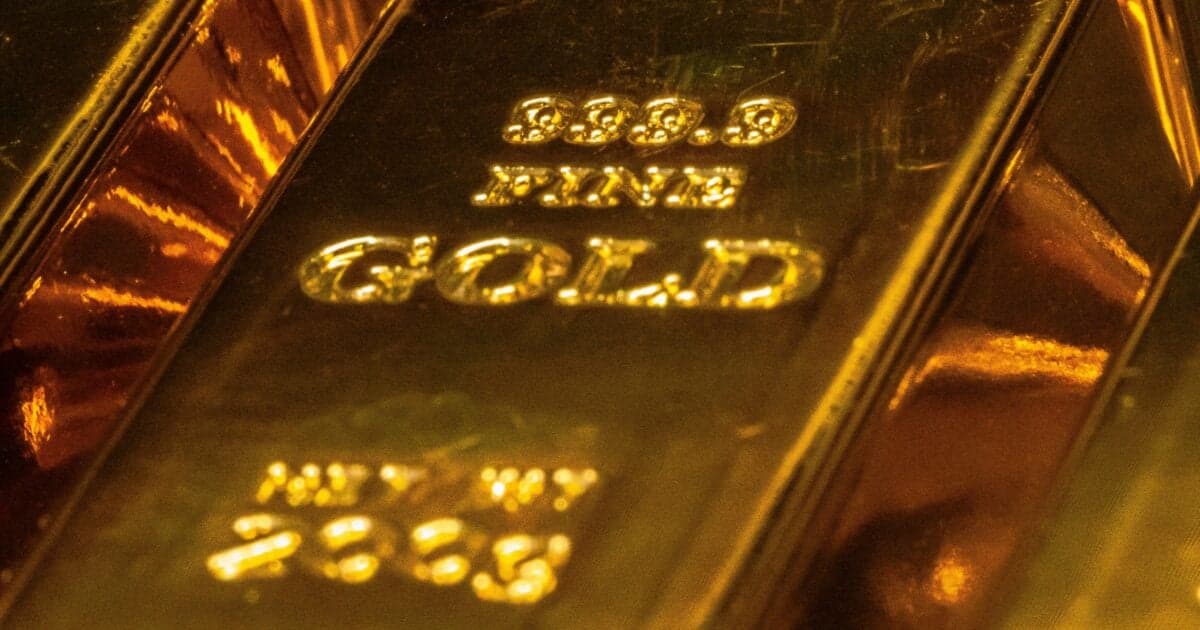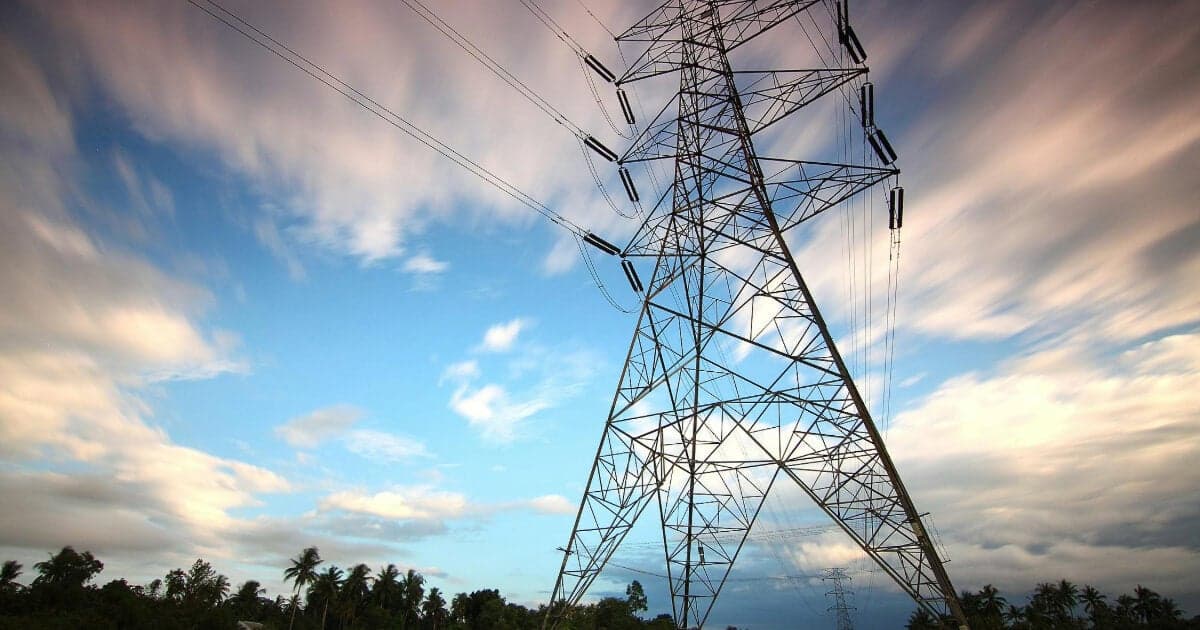$1 Trillion in Gold Is Waiting for Revaluation, a Government Shutdown, and the Mar-a-Lago Accord


The government is shutting down. Inflation is starting to climb. And gold is breaking out to new all-time highs...
Yet inside the U.S. Treasury's ledgers, the nation's hoard of the precious metal is priced at $42.22 an ounce.
That's $1 trillion hiding in plain sight.
And a single policy stroke could unlock one of the largest balance sheet discrepancies in the world.
The idea that the government could revalue its gold – one component of a larger plan known as the "Mar-a-Lago Accord" – is just starting to make its way to the mainstream press...
How America Could Unleash Its Gold
Right now, the U.S. owns about 261.5 million ounces of gold...
It sits primarily in deep storage at Fort Knox, West Point, and Denver, with a smaller amount in custody at the Federal Reserve Bank of New York. And it's all valued at roughly $11 billion on the government's balance sheet... a price that hasn't changed since 1973.
As we noted last week, revaluing that gold could help fix America's financial situation:
This "book value" hasn't changed since the early 1970s, even though the market price is roughly 85 times higher.
So if gold were revalued up closer to its market price... it would add nearly $1 trillion in liquidity to America's balance sheet. And it would also serve in the broader goal of weakening the U.S. dollar.
My colleague Bill McGilton added that the dollar as a store of value is like "a bucket with a hole in it. The more money and debt created, the faster it leaks." As he noted:
Uncoincidentally, the average gold price was $40.80 per ounce in 1971. Since then, the U.S. national debt has grown 94-fold. Multiply $40.80 by 94 times, and you get $3,835 per ounce.
That's about where gold is trading today... and it's why Stansberry Research analysts have consistently emphasized gold as both a store of value and a hedge against chaos.
Gold Revaluations Have Happened Before
America has revalued gold several times before...
In January 1934, President Franklin D. Roosevelt fixed the dollar's gold value at $35 an ounce. That was up nearly 70% from the previous $20.67 gold price.
It generated massive balance-sheet gains for the nation and provided the initial funding for the Exchange Stabilization Fund... That's emergency money the Treasury Department can use for foreign exchange intervention.
Then, after closing the gold window in 1971, President Richard Nixon adjusted the official price of gold to $38 and finally to $42.22 in 1973. That's where it remains today.
What a Gold Revaluation Would Do... And What It Wouldn't
A revaluation would largely give the U.S. some fiscal room.
The Treasury's assets would increase, and in turn so would the Federal Reserve's gold-certificate liabilities. As Bloomberg reported in February...
"From a narrow balance sheet perspective, this would be the functional equivalent of a new round of quantitative easing," [Wrightson ICAP economist Lou] Crandall said. "Over time, cash would flow out of the TGA and into bank reserve accounts as Treasury spent the proceeds."
And like quantitative easing, it would likely prove to be controversial.
After all, this would be a one-time "backdoor" accounting change. It wouldn't solve the nation's massive debts or reduce our interest costs. And it could also add volatility to public accounts depending on how the government used its new $1 trillion in wealth.
That could be a good thing. Stansberry Research analyst Mike Barrett says gold could soon surpass $5,000...
As the real return on bonds erodes, gold, which pays no interest, becomes more attractive relative to bonds, pushing its price higher.
The Fed aggressively cut the fed-funds rate during the early days of the pandemic and gold soared almost 50% between March and August 2020 (from a low around $1,451 per ounce, to a high of about $2,075 per ounce), as real interest rates plunged.
Such a move for gold could happen again as the real three-month Treasury yield moves below 1%. That's what could send the price of the precious metal above $5,000 per ounce, from its current price around $3,600 per ounce.
Of course, a gold revaluation would only buy time for the government... We doubt it would buy much fiscal discipline for policymakers.
Still, you can be certain that revaluation talk will grow louder with each new high that gold passes...
What Comes Next for Gold Investors
Dr. David "Doc" Eifrig has urged his subscribers to buy gold for years now... even as the price of gold has continued to head higher. A decade ago, in 2015, he wrote:
I like to maintain a portion of my wealth in gold and silver (around 5% or so). I call this the "Chaos Hedge" portion of my portfolio, where I hold investments to guard against inflation, negative real interest rates, and political chaos...
You can hold gold... through "virtual paper" like the SPDR Gold Share (GLD) – an exchange-traded fund designed to mimic the price of gold – or rare gold coins.
In that time period, gold is up around 250%.
And today, Doc's advice remains about the same.
In his latest documentary about the Mar-a-Lago Accord, he gets into more details about what a gold revaluation could mean... and he even looks at two currency experts' predictions behind how the price of gold could climb to more than $20,000 per ounce. As he admits...
I'm far from a gold bug myself. First and foremost, I'm a stocks guy.
However, gold now sits at the center of our financial futures and security – whether we like it or not.
Owning real assets like gold offers protection if the worst outcomes happen... and immense upside if the Mar-a-Lago currency reset sends gold much higher.
Watch Doc's full documentary by clicking here. He shares several steps you can take today for free to prepare for what's coming next.


